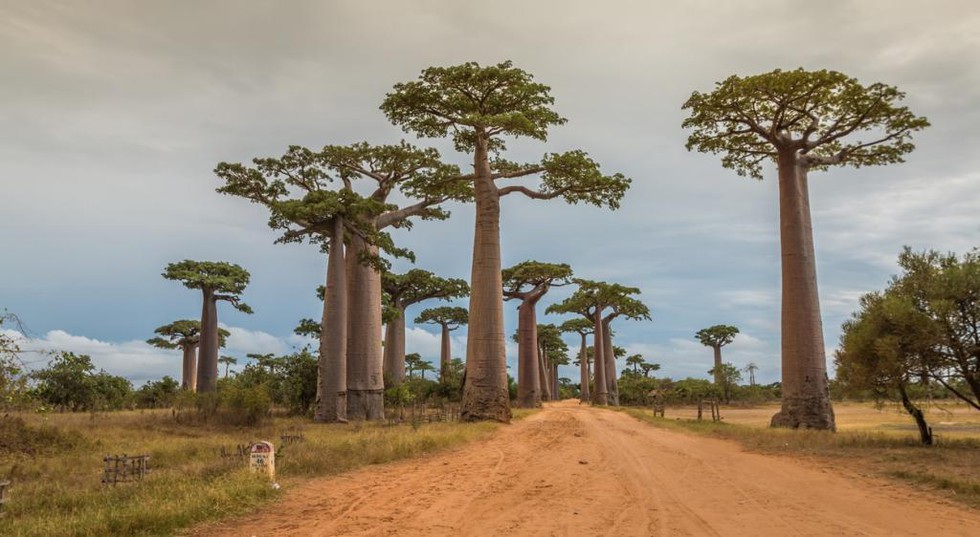In recent years, the Global Society for the Preservation of Baobabs and Mangroves (GSPBM) has initiated significant conservation efforts to protect the iconic baobab trees, which face threats from deforestation and climate change. Partnering with organizations like EOS Data Analytics (EOSDA), they have implemented innovative strategies to rejuvenate baobab populations.
Findings from Collaboration
EOSDA, collaborating with GSPBM, tracked baobab forests using satellite data, revealing positive impacts from seedling transplantation. The study, led by Seheno Andriantsaralaza, showed rapid improvements in vegetation health and moisture indices following transplantation.
Role of Satellite Data
Vasyl Cherlinka of EOS Data Analytics emphasized the crucial role of satellite data in understanding environmental issues and supporting conservation efforts. The study’s focus on Madagascar, while limiting, provides valuable insights applicable globally.
Challenges and Solutions
Challenges such as custom solutions for tracking baobabs and slow growth rates were acknowledged. However, the commitment to addressing these challenges remains strong, with plans to expand monitoring efforts.
Multiple Choice Questions (MCQs):
- What is the primary purpose of the collaboration between GSPBM and EOSDA?
- A) To study climate change effects on mangroves
- B) To monitor baobab forests using satellite data
- C) To assess deforestation rates globally
- D) To analyze soil health in Madagascar
- According to the study, what significant change was observed in the Andranopasy baobab forest after February 2023?
- A) Increased precipitation levels
- B) Decline in vegetation density
- C) Improved vegetation health
- D) Higher temperatures
- What is highlighted as a challenge in monitoring baobab forests using satellite data?
- A) Lack of suitable satellite technology
- B) Difficulty in tracking seed dispersal
- C) Slow growth rates of baobab trees
- D) Limited historical data availability
- What is a key ecological role of baobab trees mentioned in the text?
- A) Providing shade for other plants
- B) Storing water in arid environments
- C) Enhancing soil fertility through leaf litter
- D) Preventing erosion with extensive root systems
- What is the primary objective of the ARO Baobab Project?
- A) Studying baobab seed dispersal mechanisms
- B) Implementing sustainable harvesting practices
- C) Promoting fair trade of baobab products
- D) Restoring and conserving baobab forests
